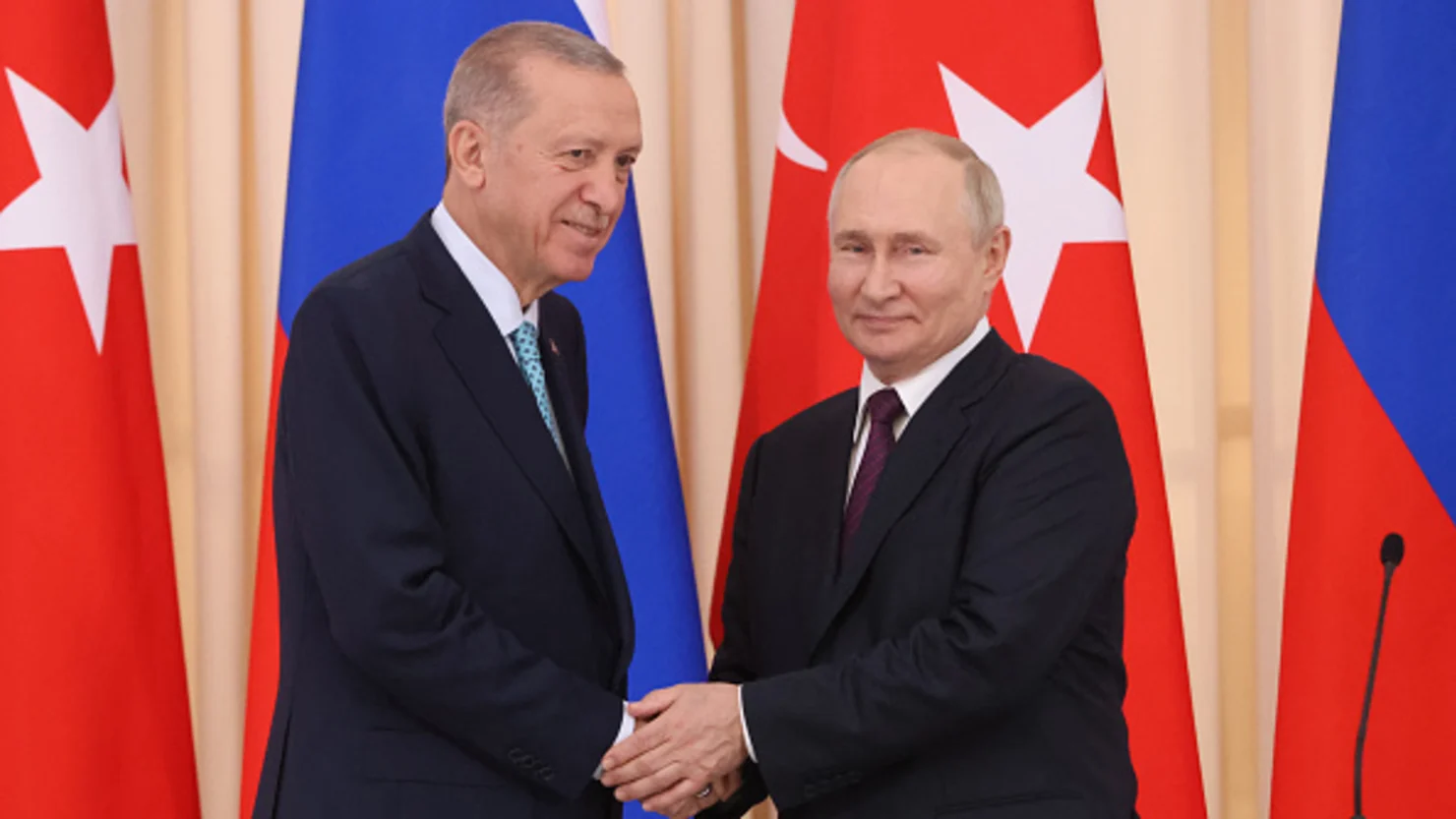Analysts said the countries’ mutual need to keep energy prices high would help them maintain close ties, despite signs that Moscow has undercut previous deals, according to New York Times.
For most of the last six years, the leaders of Russia and Saudi Arabia worked with each other to control the global oil market during times of war, pandemic and dizzying price gyrations.
But their alliance appears to be straining in ways that could help the Biden administration, which was eager to head off another significant jump in energy prices just ahead of Secretary of State Antony J. Blinken’s visit to Saudi Arabia this week.
At last weekend’s meeting of OPEC Plus, the oil cartel that the two countries lead, Saudi Arabia and Russia quietly parted ways. Saudi Arabia said it would reduce its exports by a million barrels of oil per day in an effort to prop up falling prices. But Russia made no new commitment to reduce its exports.
It was the second time the partners diverged recently on oil policy. Just two months earlier, Russia and Saudi Arabia, which together sell more than 20 percent of the oil used by the world, had agreed to cut production. But while Saudi Arabia followed through and sold less oil to other countries, Russia does not appear to have done so. Russia recently stopped disclosing information on its oil industry, but analysts estimate that Moscow has increased exports, undercutting that earlier deal.
The Saudi-Russian oil alliance has always been about a shared goal of propping up oil prices and maximizing export revenue. But Russia’s war in Ukraine has changed the dynamics of the relationship. Russia is increasingly willing to accept lower prices in order to sell more oil, much of it going to China and India, because it needs the money to fund its war effort.
Russia’s pressing needs — along with weak global demand for oil — have helped drive prices lower. That has helped bring down energy prices around the world, including in the United States, where President Biden made reducing gasoline prices a central policy goal after the war in Ukraine began last year.
On Wednesday afternoon, the U.S. benchmark oil price was less than $73 a barrel, about what it was before the weekend OPEC Plus meeting and down from $120 last summer.










Trackbacks and Pingbacks